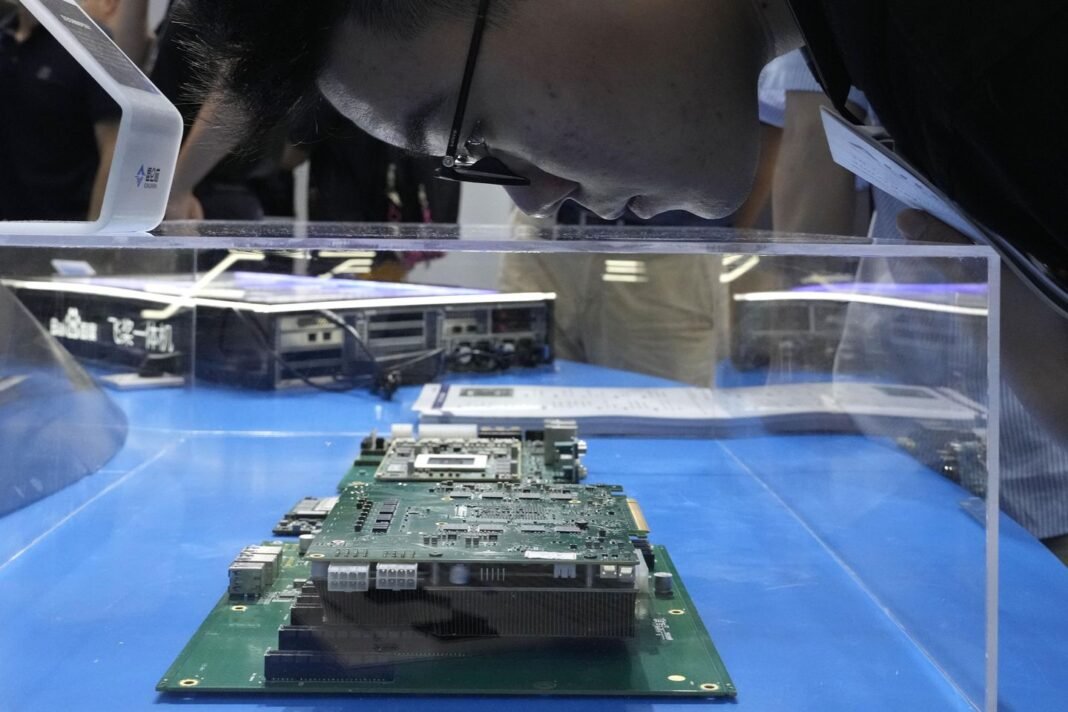The Daily Observer London Desk: Reporter- John Furner
The U.S. government’s monitoring of foreign tech is woefully inadequate and falling far behind China’s, according to former CIA officer William C. Hannas.
Mr. Hannas, now a Georgetown University analyst, told House lawmakers that the intelligence community’s effort to learn about foreign gains in science and technology is pitiful.
“Our efforts to monitor foreign science and technology, inherently an open source exercise, are frankly pathetic,” Mr. Hannas said at a recent congressional hearing. “They are worse than useless because these cosmetic efforts are seen as evidence of measures in place where there are few or none.”
Open-source information refers to unclassified material involving commercially available data utilized by intelligence professionals, academics, researchers, and others.
Mr. Hannas told the House Judiciary Committee’s intellectual property panel that he built a program for the CIA to track China’s tech transfers.
After leaving the spy agency, Mr. Hannas helped establish Georgetown’s Center for Security and Emerging Technology, where researchers are closely watching China.
The Chinese government’s push to scrutinize foreign science and technology, or S&T, developments surpasses the U.S. efforts, Mr. Hannas told lawmakers.
“China, by contrast, runs a world-class, open-source S&T intelligence network with a staff by their admission of more than 100,000 professionals that is light-years ahead of us,” he said.
Mr. Hannas said there was a big disparity between the size of the intelligence professionals’ workforces dedicated to the science and technology priority. He said he has sometimes counted just a handful of people seriously scrutinizing Chinese tech.
“I have seen reports written by the intelligence community that are based almost 100 percent on open source and they add a classified snippet here and there to justify their budgets and whatnot,” he said.
Chinese intellectual property theft is a growing concern for American officials. FBI Director Christopher A. Wray on Oct. 17 assembled intelligence directors from Australia, Britain, Canada and New Zealand in California to warn tech leaders about China’s efforts.
“We have found that, more often than not, the answer to the question, ‘Is this a technology they’re targeting?’ is ‘Yes,’” Mr. Wray said.
China’s success at swiping American research, using it for military advantages, and then making new advances built upon the tech is causing concern through the tech sector.
For example, researchers at Google DeepMind told House lawmakers at a private meeting in May that they were worried their work was vulnerable to China. They voiced concerns about China using their research for military purposes, according to a source close to the House Select Committee on the Chinese Communist Party.
To better understand what China is doing, Mr. Hannas suggested the government create a National Science and Technology Analysis Center outside the intelligence community. He said the center would forecast, analyze and interdict foreign threats to the U.S.
While Mr. Hannas criticized the U.S. intelligence community’s approach to examining foreign science and technology, he did not absolve himself of blame for the problems he sees afflicting the community.
“The United States Intelligence Community, USIC, of which I was a part — and to that extent responsible — should also be held accountable for its failure to seriously pursue so-called science and technology, S&T, intelligence, that is, identifying and monitoring foreign S&T threats,” he said.
The CIA and Office of the Director of National Intelligence did not respond to requests for comment on Mr. Hannas’ remarks.



